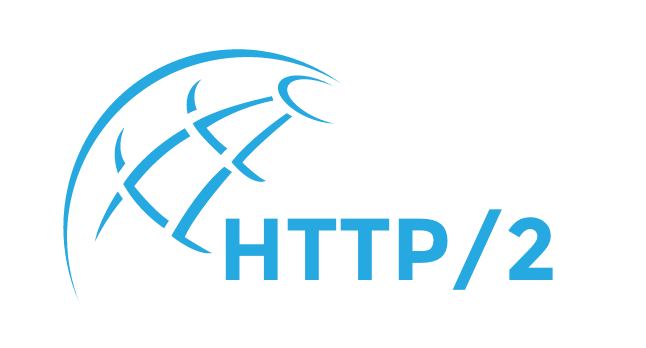HTTP/2: Improver of the Web Experience
 Mohamed Abdirizak Bashir
Mohamed Abdirizak Bashir
Overview 🎉
Role
In web communication, HTTP (Hypertext Transfer Protocol) acts as the language that web browsers and servers use to talk to each other. It defines how clients (like browsers) request resources (like web pages) from servers, and how servers respond with those resources.
Requests: Clients send HTTP requests to ask for specific data or actions.
Responses: Servers send back HTTP responses containing the requested data, along with status codes indicating success or failure.
Essentially, HTTP is the foundation that enables the web to function by providing a standardized way for clients and servers to exchange information.
More info about the HTTP 👇
https://askom.hashnode.dev/advanced-http-and-https-protocols
Who Developed HTTP/2 ?
HTTP/2 was developed by the Internet Engineering Task Force (IETF). This update built on the earlier SPDY protocol, which was initially created by Google. The IETF’s HTTP Working Group collaborated to refine and standardize these improvements to address the growing needs of today’s web.
When Was the HTTP/2 Proposed Standard Published ?
The proposed standard for HTTP/2 was published in 2015. Specifically, it was finalized and documented in RFC 7540, marking a significant milestone in modernizing the web’s underlying protocol.
Describe three methods used by HTTP/2 intended to decrease latency and provide for quicker loading of web pages in web browsers ?
HTTP/2 introduces several innovations that significantly reduce latency and improve page loading speeds. Here are three core methods:
1. Multiplexing
HTTP/2 allows multiple requests and responses to be sent over a single TCP connection simultaneously. This means that web browsers can download several assets (like images, scripts, and stylesheets) concurrently without waiting for each request to complete one by one.
2. Header Compression
HTTP/2 employs an efficient header compression mechanism known as HPACK. By compressing HTTP headers, which can be quite large and repetitive, the protocol reduces the amount of data transmitted, speeding up the overall communication process.
3. Server Push
Server push enables the server to proactively send resources to the client without waiting for them to be requested. For example, when a browser requests an HTML page, the server can also push related resources (like CSS or JavaScript files) that it anticipates the browser will need. This proactive approach cuts down on the number of round trips required, resulting in faster page load times.
References: ReadWrite, HTTP/2 Official Site, Engadget, RFC 7540.
Subscribe to my newsletter
Read articles from Mohamed Abdirizak Bashir directly inside your inbox. Subscribe to the newsletter, and don't miss out.
Written by

Mohamed Abdirizak Bashir
Mohamed Abdirizak Bashir
I love building scalable projects ....